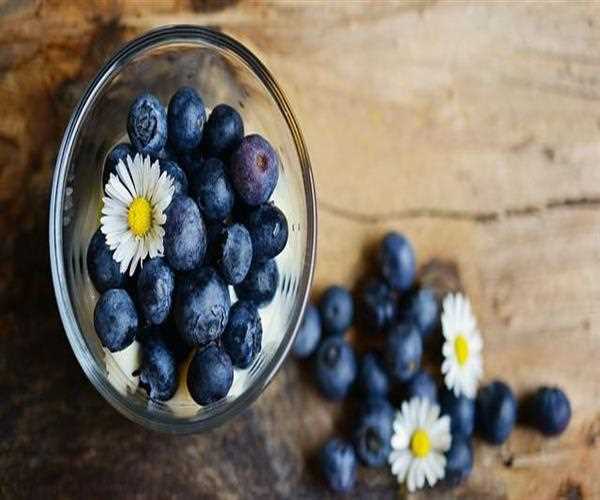
17-Aug-2022
What are the Best foods to eat in Old age?
Fiber
High-fiber foods such as fruits and vegetables, oatmeal, nuts, and legumes can help with constipation, which becomes more
common with age.
It can also lower cholesterol, control blood sugar and
maintain a healthy weight. If you are a man over 51, consume 30 grams of fiber per day. If
you're a woman, try about 21g.
Whole Grains
They are a great source of fiber and rich in B vitamins, which you need more with age. B-6 and folic acid are essential for keeping the brain healthy. Even small
mistakes can make a big difference. Whole grains reduce the risk of heart disease,
cancer, and diabetes. But don't stop with whole grain bread. Quinoa,
whole wheat grains, and whole couscous are also tasty options.
Peanut
This is right. There are small aging forces, such as small almonds,
nuts, cashews, cashews, chi, and chi track. This crunchy
food contains special nutrients for heart disease, stroke, type 2 diabetes,
nerves, and some tumors. Nuts also protect your brain as you
age.
Water
As you age, your body not only loses water, but
your thirst also begins to decrease. This means
you know more when humidity is too low. Water has many healthy foods. Increases joints,
controls body temperature and affects mood and mood. Make 8 glasses every day.
Fish
Salmon, tuna, herring, and farmed trout should be
on the Feign Fish menu twice a week. because? They are rich in
brain-healthy DHA, an omega-3 fatty acid. Low levels of DHA have been linked to Alzheimer's disease, but getting enough can improve memory and
the ability to learn new things. Seaweed, walnuts,
flax seeds, and chia seeds are also good sources of DHA if you don't eat or don't like fish.
Low-fat protein
Protein-rich foods help fight the natural muscle breakdown
associated with aging. Get your protein from 'real' foods like eggs, lean meats, and
dairy, rather than protein powder. Protein powders may not provide as many
nutrients as possible.
Dairy product
The calcium in dairy products keeps your bones healthy.
As you age, your risk of osteoporosis, colon cancer, and high blood
pressure decreases. After age 50, you need 1,200 mg of calcium per day, which can
be obtained from fat-free and low-fat dairy products. Milk and cheese aren't
the only options. Yogurt, rice, soy milk, fortified orange juice,
tofu, and more can help you reach your calcium goals.
Cranberries
A delicious way to protect your brain as you age. Blueberries contain polyphenols, compounds that reduce inflammation throughout the body.
It can reduce DNA damage and increase the risk of certain diseases. They also improve the way brain cells 'talk' to each other. Fresh blueberries are tastiest because their polyphenol content
is reduced when baked into muffins, bread, or cakes.
Red and Orange Fruits
Watermelon, tomatoes, and red and orange peppers are fruits and vegetables rich in a natural compound called lycopene. Studies
have shown that foods containing them can reduce
the risk of certain types of cancer and protect against stroke.
Cruciferous vegetables
The more candles on the birthday cake, the weaker the immune
system. The body's defense against germs. Cruciferous vegetables
such as broccoli, Brussels sprouts, and cauliflower can support
this. They have a chemical called sulforaphane that activates your immune cells so they can better attack toxins that damage your cells and
can cause disease over time. Eating often can reduce the risk of
cancer.
Dark leafy vegetables
To keep your eyes healthy, eat more vegetables
such as spinach, kale, and collard greens. The antioxidants
it contains reduce the risk of cataracts and macular degeneration.
When taken at least once a day, it helps reverse the
decline in memory, thinking, and judgment that can occur with age.

Student
An inquisitive individual with a great interest in the subjectivity of human experiences, behavior, and the complexity of the human mind. Enthusiased to learn, volunteer, and participate. Always driven by the motive to make a difference in the sphere of mental health - and normalize seeking help through a sensitive and empathetic approach
Join Our Newsletter
Subscribe to our newsletter to receive emails about new views posts, releases and updates.
Copyright 2010 - 2025 MindStick Software Pvt. Ltd. All Rights Reserved Privacy Policy | Terms & Conditions | Cookie Policy